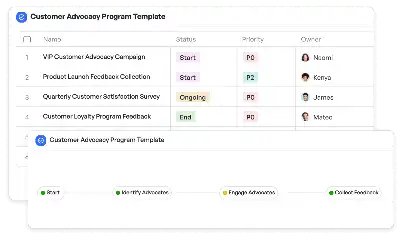Electronics Drop Test Validation Protocol
Achieve project success with the Electronics Drop Test Validation Protocol today!

What is Electronics Drop Test Validation Protocol?
The Electronics Drop Test Validation Protocol is a structured framework designed to evaluate the durability and resilience of electronic devices when subjected to physical impacts, such as drops or falls. This protocol is essential in the electronics industry, where consumer expectations for robust and reliable products are high. By simulating real-world scenarios, manufacturers can identify potential weaknesses in their designs and materials, ensuring that their products meet safety and quality standards. For instance, a smartphone manufacturer might use this protocol to test the durability of their latest model, ensuring it can withstand accidental drops from a typical height. The protocol involves detailed planning, precise execution, and thorough analysis, making it a critical tool for quality assurance teams.
Try this template now
Who is this Electronics Drop Test Validation Protocol Template for?
This template is ideal for quality assurance engineers, product designers, and testing teams in the electronics industry. It is particularly useful for manufacturers of consumer electronics, such as smartphones, laptops, and wearable devices, who need to ensure their products can withstand everyday use and accidental impacts. Additionally, research and development teams can use this protocol to refine their designs and materials, while compliance officers can ensure that products meet industry standards and regulations. By providing a clear and structured approach, this template helps diverse teams collaborate effectively to achieve their quality and safety goals.

Try this template now
Why use this Electronics Drop Test Validation Protocol?
The Electronics Drop Test Validation Protocol addresses several critical pain points in product development and quality assurance. For instance, manufacturers often face challenges in predicting how their products will perform under real-world conditions. This protocol provides a standardized approach to testing, ensuring consistent and reliable results. It also helps identify potential design flaws early in the development process, reducing the risk of costly recalls or customer dissatisfaction. Moreover, by simulating various drop scenarios, the protocol enables teams to optimize their designs for durability and resilience, giving them a competitive edge in the market. Ultimately, this template empowers teams to deliver high-quality products that meet consumer expectations and industry standards.

Try this template now
Get Started with the Electronics Drop Test Validation Protocol
Follow these simple steps to get started with Meegle templates:
1. Click 'Get this Free Template Now' to sign up for Meegle.
2. After signing up, you will be redirected to the Electronics Drop Test Validation Protocol. Click 'Use this Template' to create a version of this template in your workspace.
3. Customize the workflow and fields of the template to suit your specific needs.
4. Start using the template and experience the full potential of Meegle!
Try this template now
Free forever for teams up to 20!
The world’s #1 visualized project management tool
Powered by the next gen visual workflow engine




